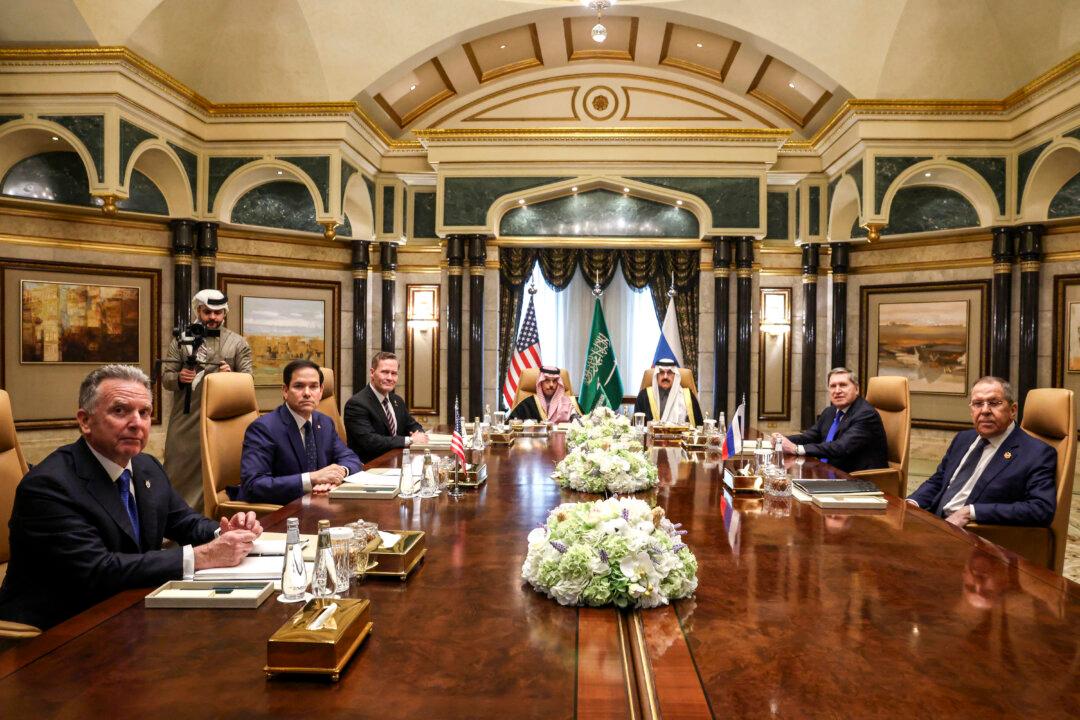Commentary
Has Western society—perhaps societies in almost all countries—reached the point where the indefinable, pervasive sense of anxiety has reached its limit? Are we ready to burst? Or are we ready to calm down?

Has Western society—perhaps societies in almost all countries—reached the point where the indefinable, pervasive sense of anxiety has reached its limit? Are we ready to burst? Or are we ready to calm down?